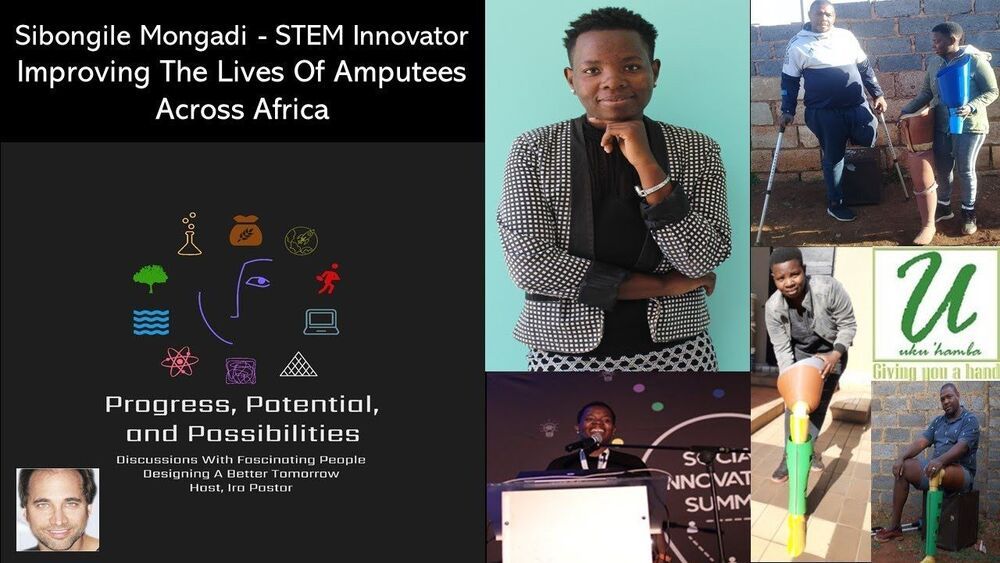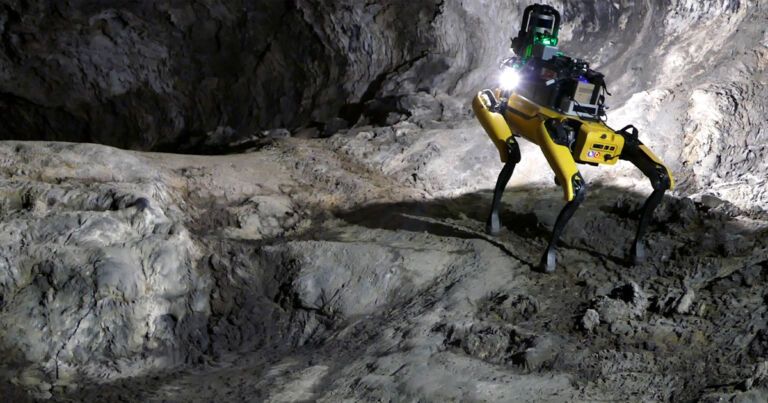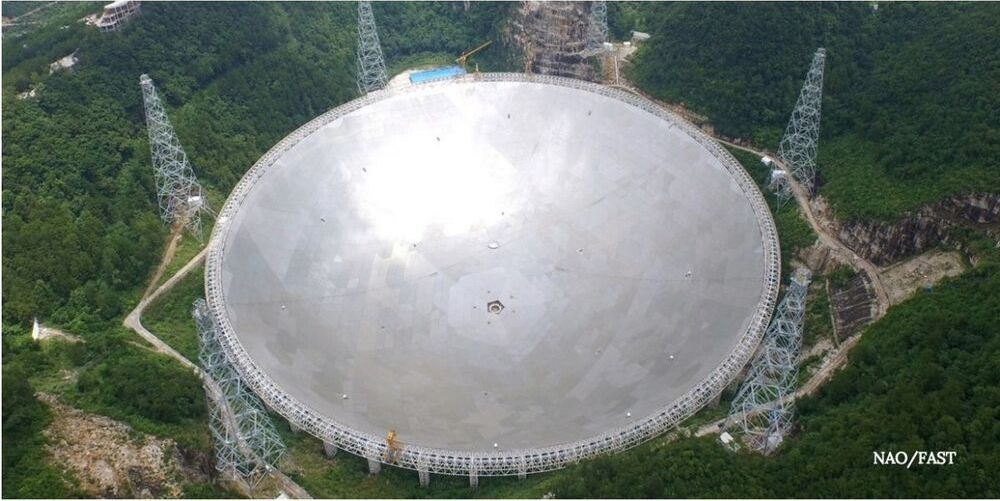The US Air Force has deployed its first automated unmanned air vehicle security system for an airbase.
On today’s episode we are going to continue our virtual global road trip over to the country of South Africa, to the Soweto township of the city of Johannesburg, and meet up with Ms. Sibongile Mongadi, Founder of Uku’hamba Pty Ltd, a start-up company that focuses on biotechnology and healthcare manufacturing with a goal of improving lives of amputees across Africa.
Uku’hamba is a 100% black youth women owned company and Uku’hamba means “To Walk” in Zulu.
Utilizing 3D printer and 3D scanning technologies, she has dedicated her career to developing prosthetic limbs that can be widely and cheaply manufactured. Her mission is to ensure prostheses are made available to anyone in need, greatly increasing the independence of amputees who may not currently be able to afford them.
Ms. Mongadi has been designated as one of the top emerging innovators across Africa in 2018, named in the Inspiring Fifty’s class of 50 South African Women of 2019, and as a Top 100 South Africa Shining Stars for Science & Technology in 2019.
When the Covid-19 pandemic struck South Africa, she redirected her company’s efforts to manufacturing safety equipment for front line workers. She has also worked with 3 other young innovators to build a contact-less thermometer sensor and hands-free, hand sanitizer system used in schools and corporate locations in the fight against COVID-19.
Ms. Mongadi is also the founder of the Soweto Young Women Empowerment initiative that seeks to shape young women to be leaders in different spheres of society.
The three biggest news items in astrobiology in 2020:
A lot has been achieved, even in an awful year.
Summary: Researchers have identified a direct cellular interaction between the nervous system and the immune system. Pain sensing neurons around the lymph nodes can modulate lymph node activity.
Source: Broad Institute.
The nervous and immune systems have long been thought to be separate entities in the body, but new research has uncovered a direct cellular interaction between the two. Scientists from Harvard Medical School, the Broad Institute of MIT and Harvard, MIT, and the Ragon Institute of MGH, MIT and Harvard have found that pain-sensing neurons surround lymph nodes in mice, and can modulate the activity of these small organs, which are key parts of the immune system.
Microsoft denies that hackers pivoted to production systems and abused its software to attack customers.
A popular theory of galaxy formation suggests that small galaxies merged to form larger ones. But galaxy C1-23152 — 12 billion light-years from Earth — apparently formed itself from gas in the early universe, via exceedingly rapid star formation.
Following the collapse of the historic Arecibo Observatory in Puerto Rico, China has opened the biggest radio telescope in the world up to international scientists. In Pingtang, Guizhou province stands the Five-hundred-meter Aperture Spherical Telescope (FAST), the largest radio telescope in the world, surpassing the Arecibo Observatory, which stood as the largest in the world for 53 years before the construction of FAST was completed in 2016. Following two cable failures earlier this year, Arecibo’s radio telescope collapsed in November, shutting down the observatory for good. Now, FAST is opening its doors to astronomers from around the world.
Like.
The Chang’e-5 returner capsule carrying lunar samples is headed for a Beijing laboratory for opening, with an eagerly awaiting research team set to study the fresh Moon specimens.
Given the success of the lunar exploration mission, China space officials say a next step is to cooperate with scientists of other nations to analyze the Moon samples.
Mission accomplished! A Chinese capsule carrying soil and rock samples collected from the moon returns to earth. The Heat talks to a panel of experts.
Watch CGTN LIVE on your computer, tablet or mobile.
http://america.cgtn.com/livenews.
Follow CGTN America:
Twitter: @cgtnamerica.
Facebook: @cgtnamerica.
Instagram: @cgtnamerica.
TikTok: @cgtnamerica









